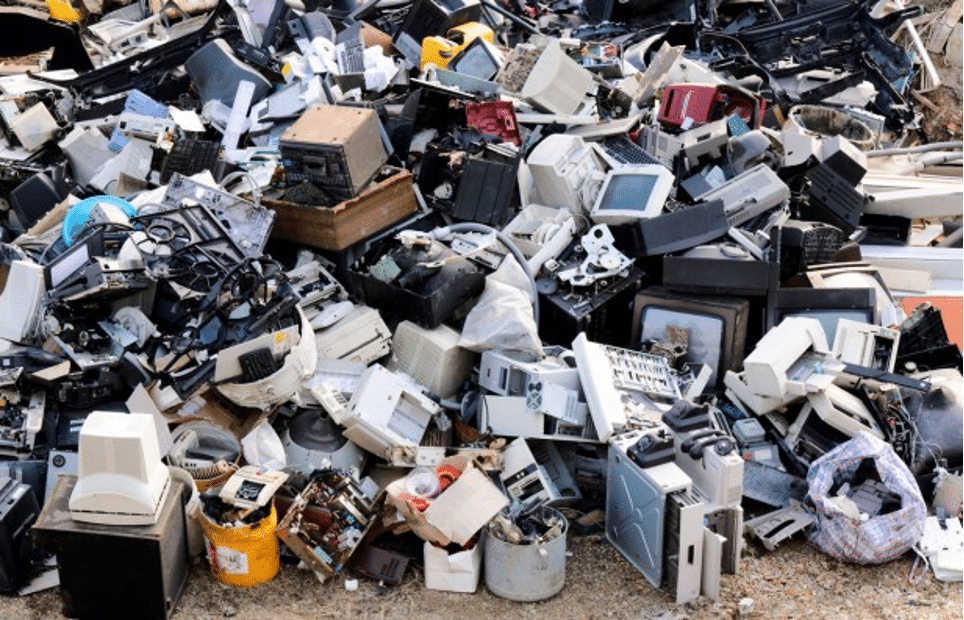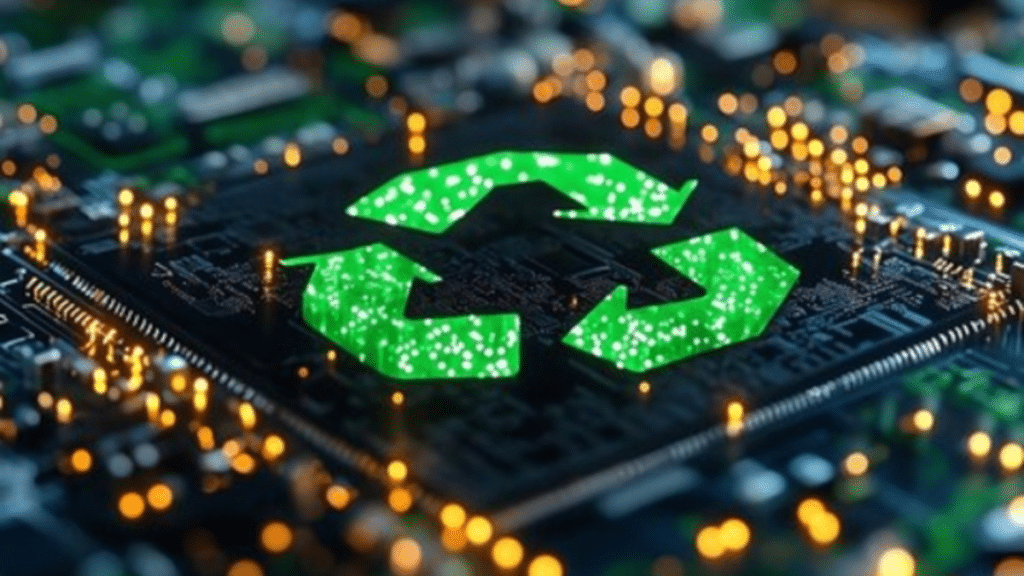Sustainability is more than a buzzword—it’s becoming a necessity in the manufacturing world. As industries face increasing pressure to reduce environmental impact, lower energy use, and minimize waste, new technologies are emerging to help achieve these goals. One such innovation is printed electronics, a method that offers both flexibility and eco-friendliness.
Printed electronics are already being used in everyday products like wearables, medical devices, and smart packaging. But beyond convenience, they play a growing role in making manufacturing more sustainable. This blog explores how printed electronics contribute to greener production processes and support a more responsible industrial future.
What Are Printed Electronics?
Printed electronics involve creating electronic circuits and devices using printing methods, similar to how ink is applied to paper. Instead of traditional components like etched copper boards or soldered wires, printed electronics use conductive inks—often made of silver, carbon, or organic materials—applied onto flexible surfaces such as plastic, fabric, or paper.
This approach makes it possible to build ultra-thin, lightweight, and flexible electronic products. Applications range from flexible displays and solar panels to biosensors and RFID tags. Because the process is additive—meaning materials are deposited only where needed—it’s far more efficient and environmentally friendly compared to traditional methods.

Sustainability Challenges in Traditional Electronics Manufacturing
Conventional electronics manufacturing is resource-intensive. It typically involves multiple complex steps such as etching, plating, and soldering. These processes:
- Consume large amounts of energy, especially when high heat or pressure is required
- Use hazardous chemicals, which can harm workers and the environment if not handled correctly
- Generate significant waste, including metal scraps, solvents, and off-spec parts
- Rely on rigid components, which increase the weight and size of products, leading to higher transportation emissions
This traditional approach is not only costly but also leaves a sizable environmental footprint.
How do Printed Electronics Contribute to Sustainability?
A. Reduced Material Waste
Printed electronics follow an additive process. That means materials like conductive inks and substrates are only applied where needed—there’s no cutting or scraping away excess. This precision reduces scrap, lowers raw material consumption, and helps manufacturers minimize waste during production.
B. Lower Energy Consumption
Unlike traditional electronics that often require high-temperature ovens and complex machinery, printed electronics can be processed at room temperature or with low heat. Many components can be manufactured using roll-to-roll printing, which is faster and consumes less power. Fewer processing steps also translate into a smaller energy footprint.
C. Eco-Friendly Materials
The industry is moving toward biodegradable and recyclable substrates made from paper or bio-polymers. Water-based or solvent-free inks are also becoming more common, making the entire process cleaner and safer for both workers and the environment. These materials align well with sustainability goals and help reduce reliance on harmful chemicals.
D. Lightweight, Flexible Products
Printed electronics enable thinner, lighter, and more compact devices. This reduction in size and weight lowers shipping and packaging needs, which cuts down on carbon emissions during transport. Their flexibility also opens the door to more efficient product designs that use fewer materials overall.

Applications Driving Sustainable Innovation
Smart Packaging
Brands are turning to printed electronics to create smart packaging with embedded sensors or indicators. These features help monitor freshness, temperature, or tampering. Not only do they improve user safety, but they also reduce waste by extending shelf life and providing real-time data.
Medical Devices
Disposable medical sensors and biosensors made with printed electronics are becoming widely used. These devices offer accurate monitoring while using minimal materials and fewer resources. Their compact size and simple design make them easier to dispose of or recycle.
Renewable Energy
Printed solar panels and energy-harvesting devices are leading innovations. They’re lighter, cheaper, and easier to produce than traditional photovoltaic systems. Their flexibility allows for installation in places where rigid panels wouldn’t work, making solar energy more accessible.
Automotive Applications
Automakers are integrating printed electronics into dashboards, control panels, and seat sensors to reduce bulk and weight. This not only simplifies manufacturing but also contributes to better fuel efficiency and lower emissions.

Printed Electronics in a Circular Economy
Printed electronics align closely with the principles of a circular economy—a model that promotes reuse, recycling, and sustainability at every stage of a product’s lifecycle. Components can be designed with disassembly in mind, allowing materials to be reclaimed and reused. Products built with biodegradable substrates reduce electronic waste (e-waste), which is a growing global issue.
Moreover, the simplified manufacturing process makes it easier to produce items on demand and locally, reducing the need for global shipping and long supply chains. This localization lowers the carbon footprint of logistics while supporting regional economies.
Barriers to Adoption & Ongoing Innovation
Despite its promise, printed electronics still face some challenges:
- Durability: Printed components must meet reliability standards, especially in harsh or high-performance environments.
- Scalability: Some printing methods are still in development and may not yet support large-scale production.
- Material Compatibility: Not all electronic functions can currently be printed with the same effectiveness as traditional methods.
However, ongoing research is helping address these limitations. Advances in conductive ink formulations, hybrid electronics (combining printed and traditional components), and roll-to-roll processes are making printed electronics more practical and widespread.
Printed electronics represent a significant shift in how products can be made, offering manufacturers a path toward greater sustainability without sacrificing performance. By reducing material waste, lowering energy consumption, and embracing eco-friendly materials, this technology supports the push for greener and smarter manufacturing.
From smart packaging to medical wearables and solar panels, printed electronics are reshaping multiple industries. As innovation continues, their role in building a cleaner and more responsible manufacturing future will only become more vital. It’s time for more companies to explore and adopt this transformative approach.
